It’s such a unique story: how did you come to the idea in the first place?
It was a gift from a friend of mine who was a beekeeper and dying of cancer, although I didn’t realise that until she’d gone. One of the last things she ever said to me was that she hoped there’d be a flowering of creativity when she’d gone. I hope that now I know what she meant by that, because in the immediate aftermath of her death I started to read about the honeybees which she loved so much and which she called her “girls”. First, I started reading to keep close to her; then, very quickly, I started learning these amazing facts about the real life of the honey bee, about the biology of the species and I became engrossed. One amazing fact led to another, until I started to see and feel and imagine the life of these bees; the critical fact was when I came across information about the so-called “laying worker” who is the one bee in ten thousand who will spontaneously begin to form eggs in her otherwise sterile body. Biologists don’t know why, but there are also bees that go hunting for this one in ten thousand bee and they will find her, kill her and eat her eggs. Biologists refer to them as fertility patrols and I just thought: police state, religion, queen, hierarchy, fugitive mother, forbidden love… I rushed to find out if someone had written the book already!
There’s a striking, distressing moment towards the beginning with the drones and the grooming that has clear sexual overtones. I think it’s interesting that this is a matriarchal society and yet these drones come in and have huge power. Is that based in fact or does it stem from your imagination?
A bit of both: the drones do no work, that’s true; the drones have a powerful pheromone, that’s true. There’s nobody to mate with them in the hive, because the only sexual being is “mother”, so they can’t do that; they have to go out and find a virgin queen (i.e. an unmated queen) or a queen on her “marriage flight”. Biologists call it a “marriage flight”, so they’re already anthropomorphising the species. I just thought, what if you have these celebrity males – as they are treated, because they’re fed and groomed by their sterile sisters, sisters who are their slaves, who will never have sex, who sublimate their natural libido to procreate in what, to me, felt like flower lust. How would you feel as a drone, surrounded by all these maids? How would you feel as a maid grooming, admiring and running after these males that you can never ever have but whom you have to worship sexually? Probably pretty angry.
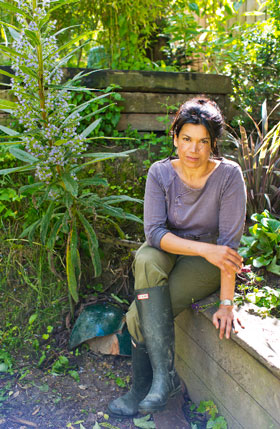 The role that scent plays is very important: alluring, concealing, hypnotising… it’s very visceral. Did this present a challenge to get across on the page?
The role that scent plays is very important: alluring, concealing, hypnotising… it’s very visceral. Did this present a challenge to get across on the page?
Yes – scent is their first sense and language, so I changed that into words and visuals. Of course, the inside of a beehive is dark, but I had to imagine I could see, so I used scent partly literally, but also like social media: you would get a text or check your email or hear something on the radio and all these messages can come through scent, for insects. I don’t know whether they really do or not – nobody really knows. Biologists are finding out, but into the gaps of their knowledge, fools and fiction rush in!
In her review, Tracy Chevalier says about your book, “this is what sets us humans apart from other animals: that our imagination allows us to create a complete, believable world so different from our own.” In The Bees, the world is vivid: the hive comes across alive and clear. Did you have a very real image in your mind when you were writing it or even an actual hive in front of you?
I did look at hives and study them, but the cones are built vertically, both in man-made structures, like the beehive, and by the bees themselves. That was difficult to write, so I changed it to a horizontal world, so it was easier for me and more knowable to a reader. I worked very hard to make the hive feel real – as if you could be plonked within it and get around. I drew lots of bad drawings! I struggled with it a lot. I looked at a plan of a Minoan palace which is in the British museum. I used that as an idea of space and royalty, but I also thought about oil rigs, cathedrals, refineries and factories; schools, hotels, skyscrapers… Then I just “winged” it. (Oh no, another bee pun!)
Anthropomorphised animals are quite often taken to have a clear allegorical edge. It seems that people sometimes look for themes and symbols more in those works. I wouldn’t say The Bees is at all didactic, but are there parallels to our society that were consciously created or did everything develop organically?
I think that’s why honey bees have fascinated people for centuries, because there are parallels, as well as inversions. Shakespeare apparently thought the Queen was a King: the idea that this was a matriarchy is quite a new discovery. She’s called a queen, so that infers a royal hierarchy, and where you have royalty you have a class system – don’t get me started on that! You have a hierarchy and conflict inherent to royalty, and social tension. That was a real help to think about as a story plan.
If you think about the life span of a real queen bee, between two and five years, unless she’s injured or killed; if you think of the average life-span of a worker bee, between 6 and 8 weeks, usually, then you will never ever see the Queen die. She will be immortal and that inferred a religious dimension. The Queen produces this thing called the Q substance, which sets the mood music in the hive – it’s almost like a drug. Everyone is happy, ecstatic, while the service of worship is going on, while they all can worship the Queen; they will give their life to protect her! A group of women, who have a queen, who live in service… It struck a religious note. But I wouldn’t want to upset anyone!
Interview by Morwenna Loughman
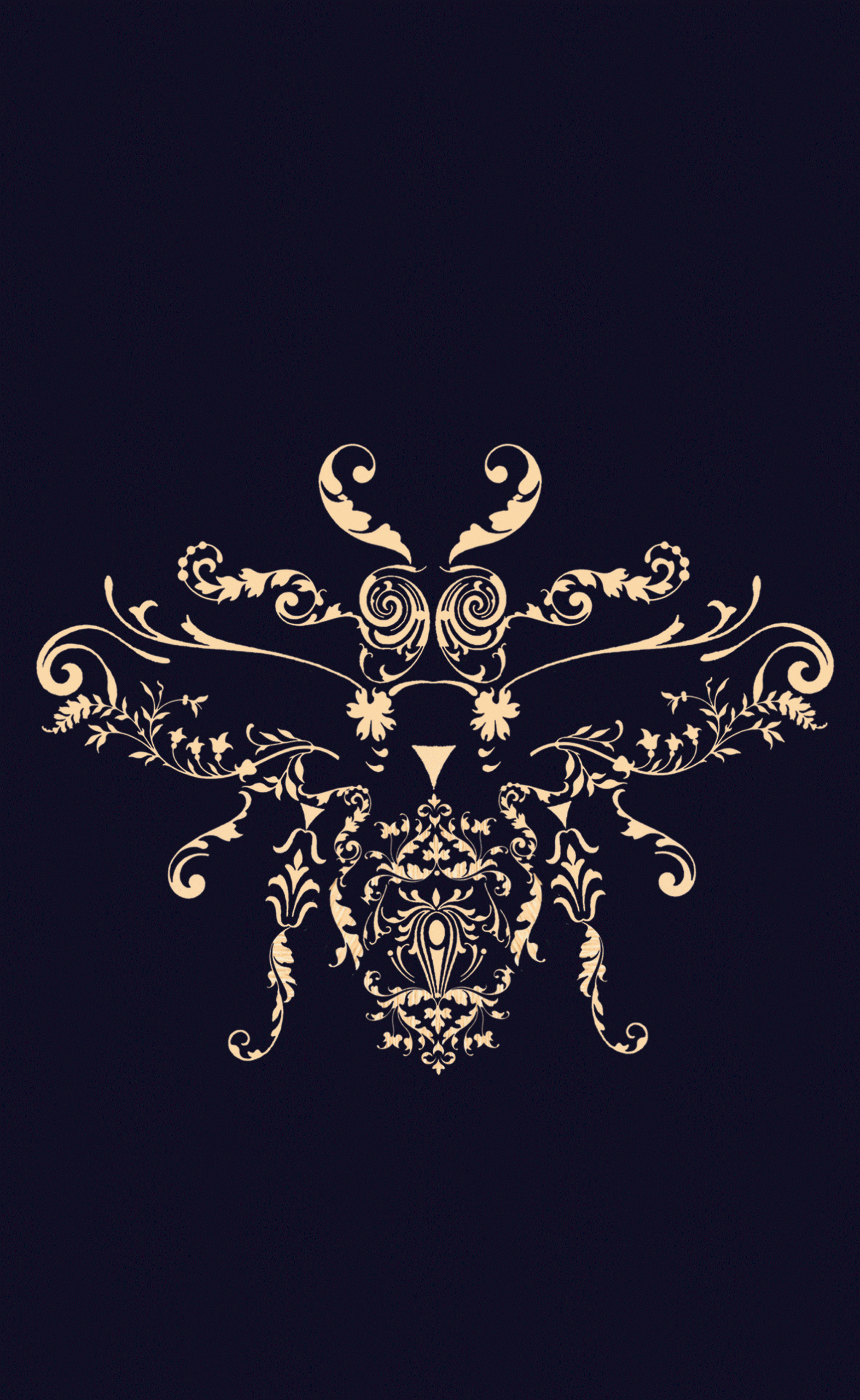
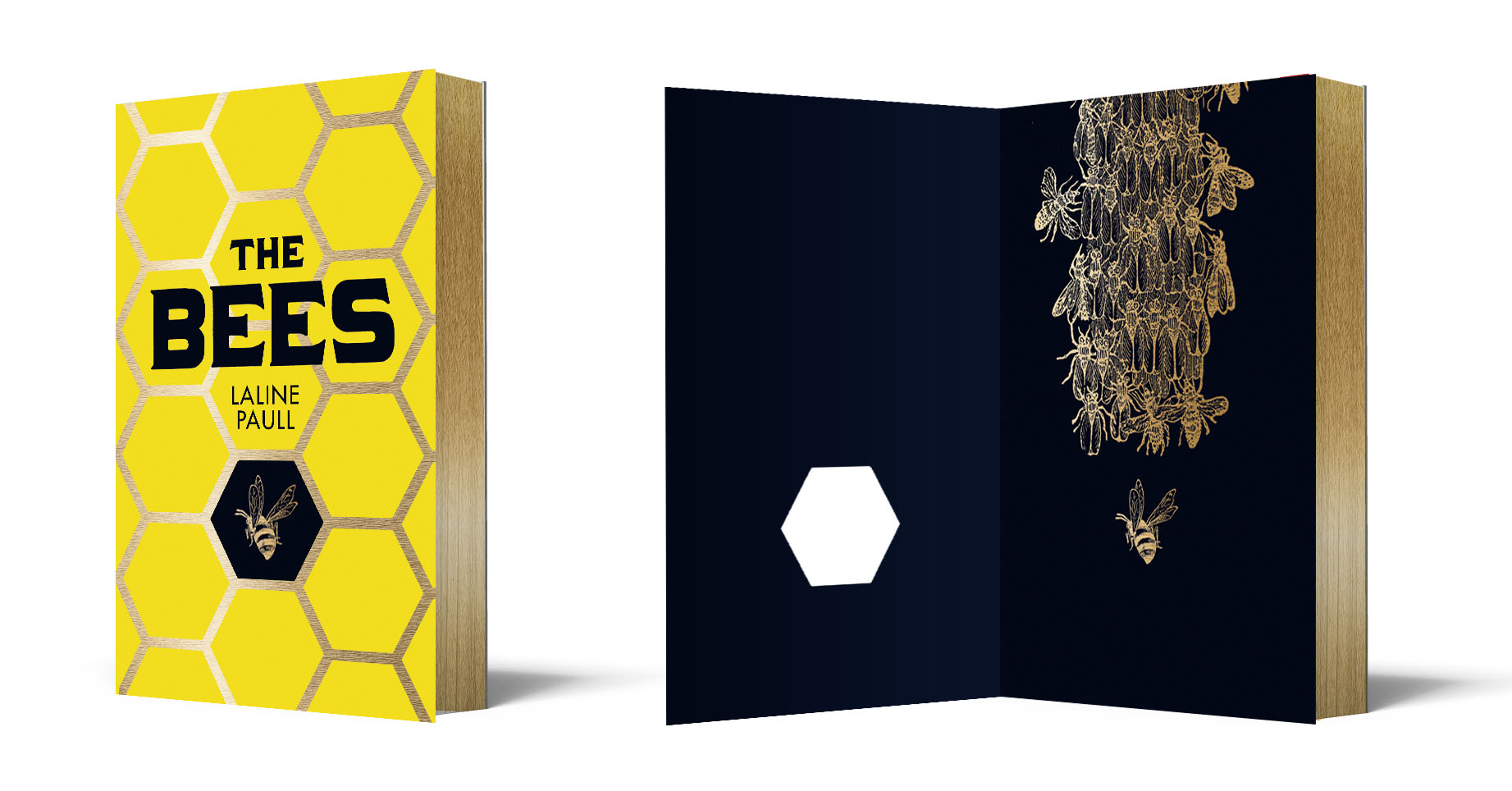
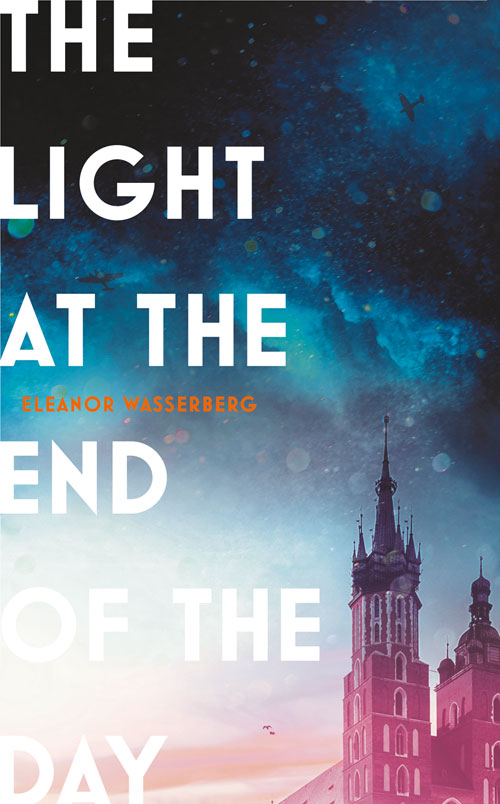
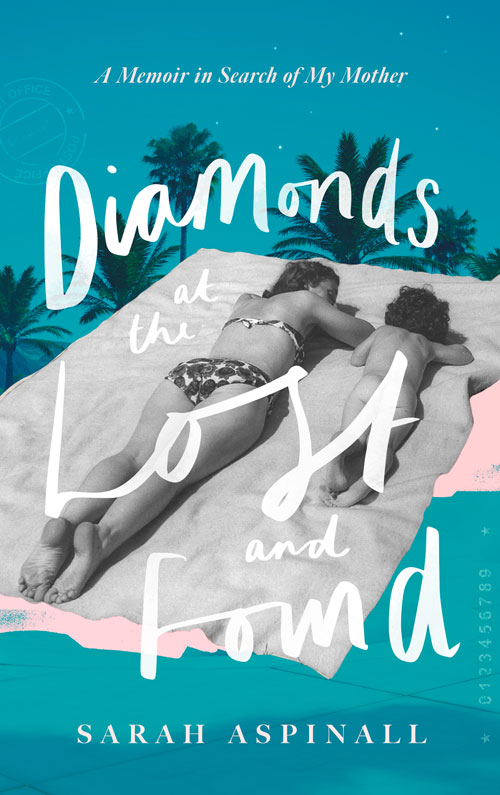
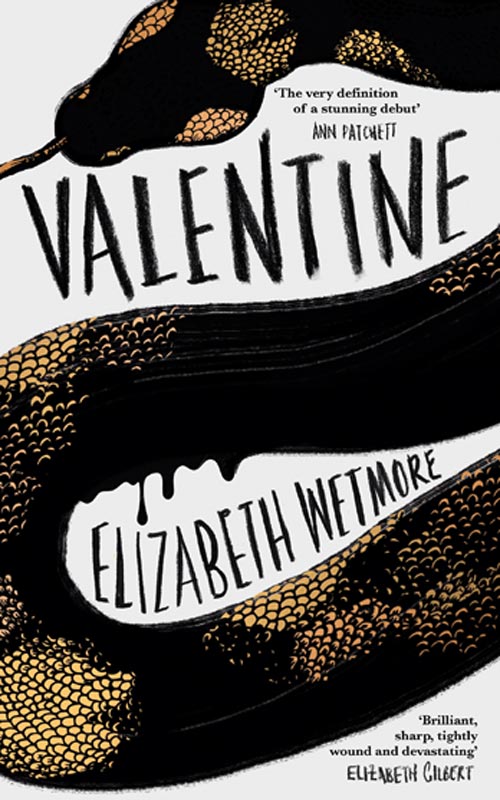
4thestatebooks